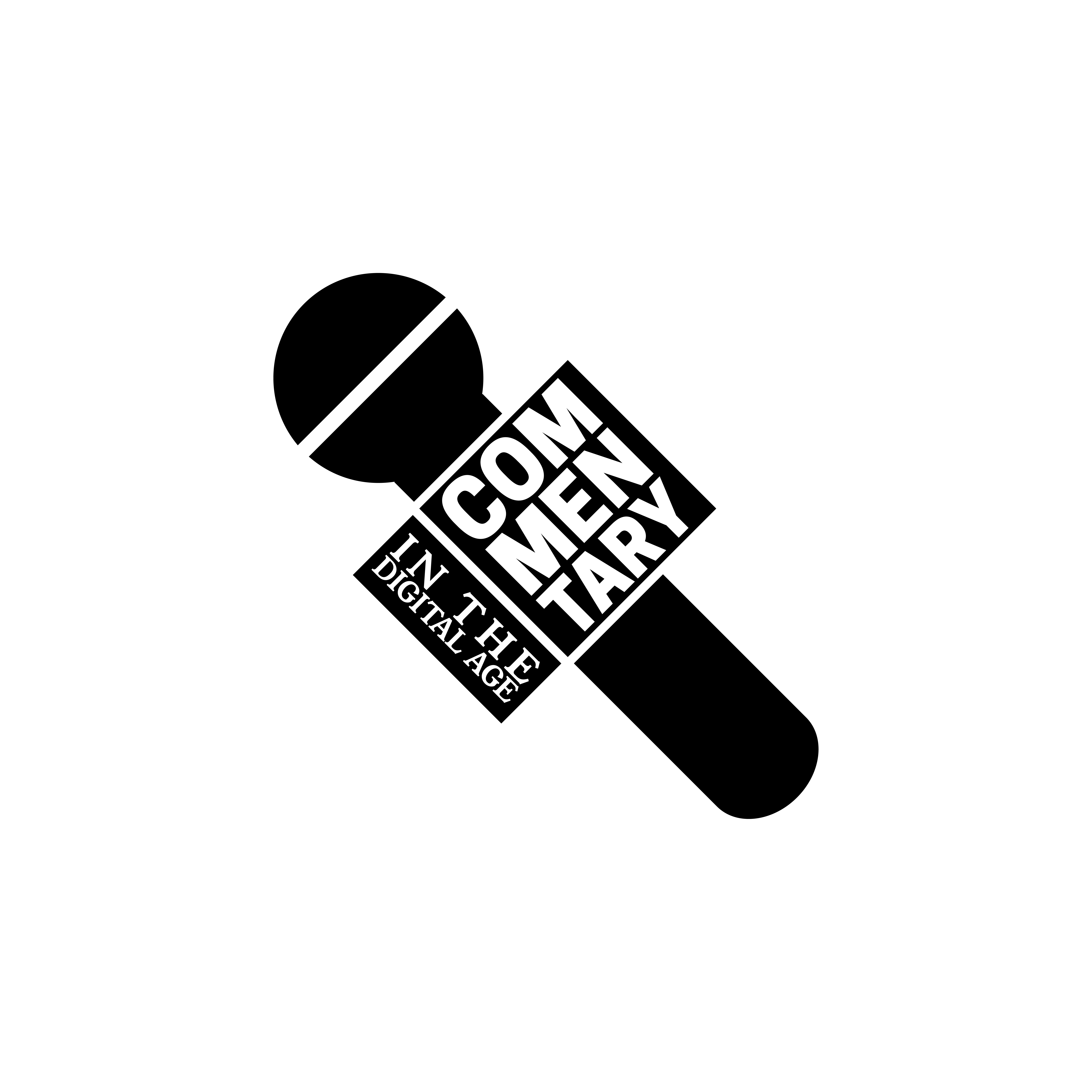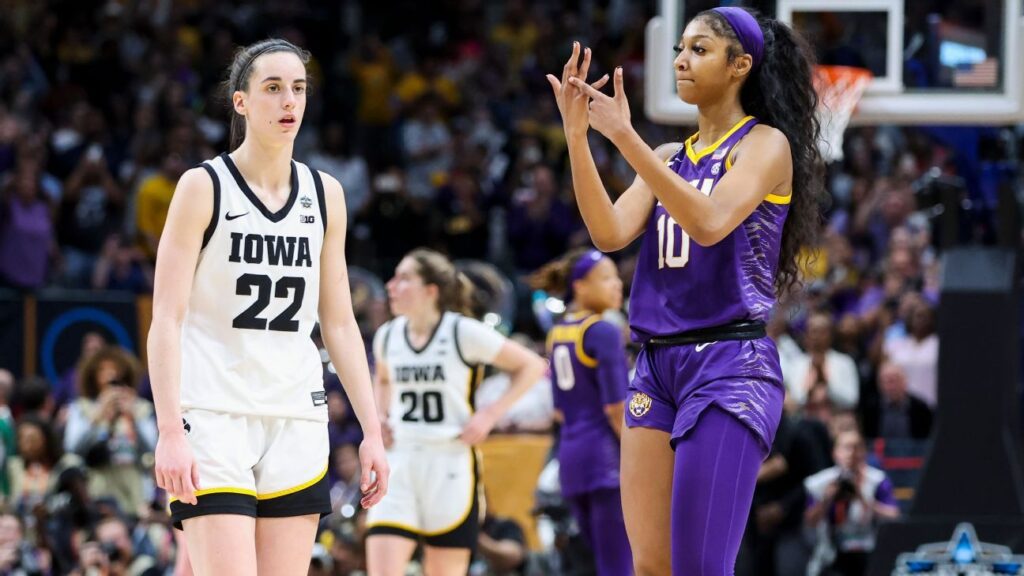PHOENIX — There are so many wonderful, entertaining story arcs that we see in collegiate and professional sports, but perhaps the most compelling, most engaging of these is the hero vs. the villain dynamic.
The bad boys of Detroit, the NWO in the WWE, John McEnroe and Mike Tyson all had the world in the palm of their hands during their periods of dominance in their respective leagues. It was them vs. the world. And while controversy tended to follow these men throughout their careers, so did high TV ratings and big paychecks.
My wife would almost certainly harm me physically if she knew that I would be attempting to mansplain my opinions on women’s sports, so out of respect for her and women everywhere, I’ll do my absolute best to offer my perspective without condescending.
Now that that’s out of the way, I’ll get straight to my point: Women’s sports (specifically the WNBA) need to market and promote these dynamics between their players more effectively than they have done historically.
Sure, Caitlin Clark is a tremendously talented athlete whose portfolio of accomplishments is already that of a genuine superstar. But that’s not why her fan base is so extensive. She’s one of the most popular athletes in modern sports because it seems like the whole WNBA world is against her, but she has yet to falter. From Angel Reese to Diana Taurasi, Caitlin Clark doesn’t back down from anybody — even if they are one of the greatest WNBA players of all time.
Caitlin embodies the archetype that athletes like Michael Jordan or Kobe Bryant personified so acutely. She is driven by success and her achievements, and, simply for that reason, half of America seems to despise her.
I’m sure that Clark would much rather prefer positive affirmations and to get along with everybody, but that’s not what sells tickets in today’s market. People tend to love controversy and conflict more so than they care for compassion and companionship. Because of that, Caitlin and her counterparts brought more attention to the WNBA than the league had seen throughout the entirety of its history.
One of the things that makes the hero vs. villain theme so captivating is the notion that it’s up to the spectators to decide for themselves who should be assigned the role of protagonist and antagonist.
Looking at the NBA for example, when Earvin ‘Magic’ Johnson and Larry Bird went at each other in the 1980s. People all over the country saw these spectacular matchups and thought to themselves, “I love Larry, and I hate Magic,” or vice versa. Everybody had an opinion, and the game became much more attractive to a broader audience that included both athletes and non-athletes. Many people believed at the time—and even still until this day—that the Bird vs. Magic dynamic was one of the most gripping in all of NBA history, which is why the 1980s were perhaps the best decade for the NBA in terms of TV ratings.
In regard to the Caitlin Clark example used earlier, many would argue that Clark vs. Reese is simply a reformatting of this historical rivalry. With Reese having moved on to the new women’s 3-on-3 league, Unrivaled, her absence could result in lower viewership and engagement now that she and her former adversary are in different leagues altogether. The WNBA needs to immediately identify their next target rivalry and market that to their customers before support for the league recedes back to its usual level.
Everybody loves to love, but it’s also very much a part of our human nature to love to hate as well. We believe in allegiances, we support our idols, and we absolutely adore conflict between celebrities for one reason or another.
If I were one of the marketing executives for the WNBA, the only thing that would be on my mind right now would be this: What two players conflict with each other the most, and how do we stoke that fire?


